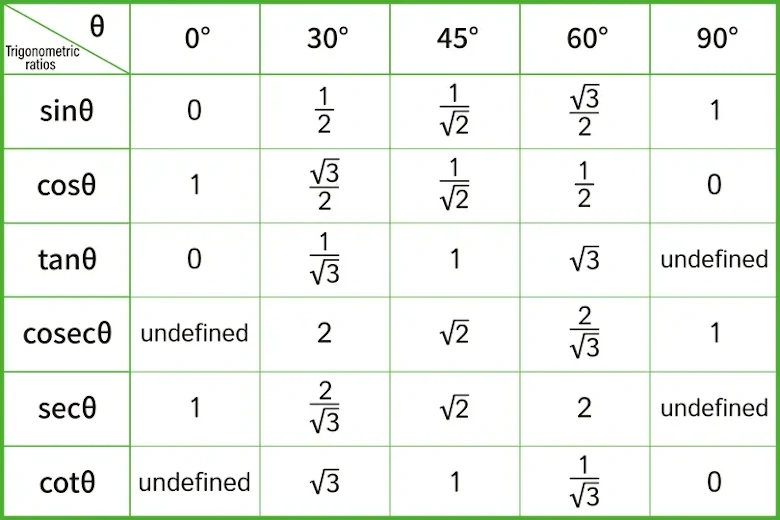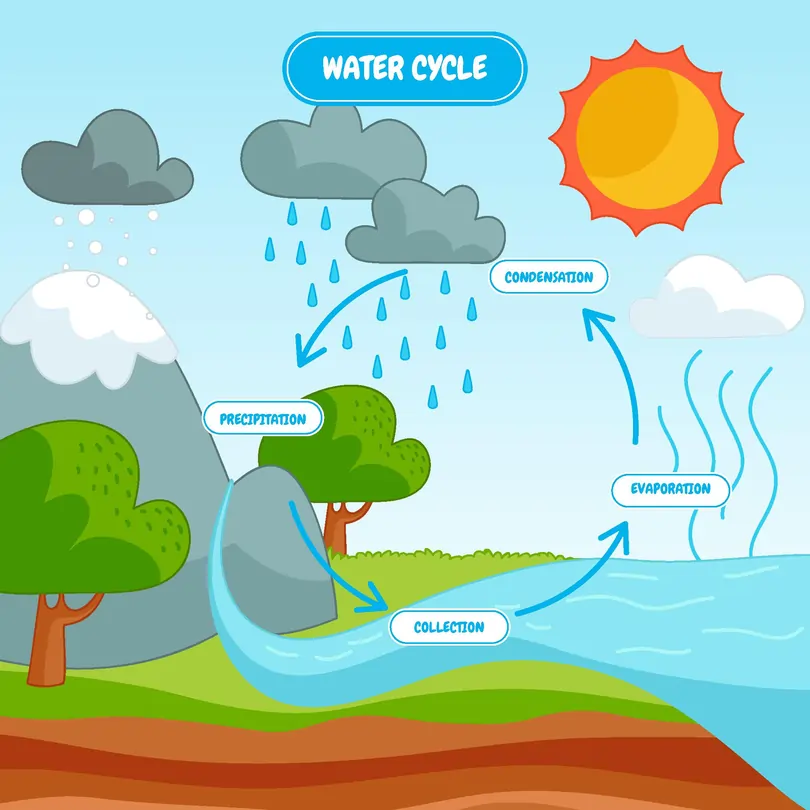These persuasive techniques will improve your English paper 1 and 2 scores
- Tags:
- Secondary English

‘A sigh escaped her lips as she bit into the warm pillowy bread after a long day of back-breaking work.’
Compare This To:
'She had bread for dinner.'
Even though the underlying message is same for both sentences, the first one is much more emotive and demonstrates a better command of the English language than the second one.
That's why, if students master persuasive techniques like the one used in the first sentence, they'll be able to showcase a higher understanding of the language, and thus score a higher grade.
For both paper 1 and paper 2, these techniques will help students:
- Be more careful when choosing the words that they use.
- Build better arguments.
- Write a cohesive summary.
- Be better equipped to answer evaluative comprehension questions.
So, master these techniques and improve your scores in both papers 1 and 2!
In this article, we will focus on some of the main persuasive techniques. They’re called ‘DAFOREST’ persuasive techniques.
What does DAFOREST stand for?
DAFOREST devices are:
👉 D - Direct Address
👉 A - Alliteration
👉 F - Fact
👉 O - Opinion
👉 R - Rhetorical Questions
👉 E - Emotive Language
👉 S - Statistics
👉 T - Rule of Three
Let's look at each of these in detail.
1. Direct Address
When the author directly addresses the reader in the text, it's called a direct address.
Why is direct address a persuasive technique?
The reader feels that the author is talking to them, so it makes the text more relatable.
Examples:
Here's how some companies use Direct Address persuasion device to make their products more relevant to people. Do you recognise them?
“Because You’re Worth it.”
“Bet You Can’t Eat Just One”.
2. Alliteration
When you repeat the same sound at the beginning of each word, it's called Alliteration.
Why is Alliteration a persuasive technique?
The repetition of sounds makes the message catchy and stays in the reader’s mind for a long time.
Examples:
“Who’s the fool who wears a crown?”
“Said I’d see you soon.”
3. Fact
As the name suggests, the text contains factual information.
Why is fact a persuasive technique?
Facts make the content seem authoritative, which makes it more believable for the readers.
Examples:
“Humans need oxygen to survive."
“A recent study has found that those who exercise daily tend to experience less burnout.”
4. Opinion
When the writer states their opinion in the text, it's called opinion.
Why is Opinion a persuasive technique?
By stating their opinions, the reader can be swayed by the author’s viewpoints.
Examples:
“Rainy days are boring.”
“Pizzas are better than burgers.”
5. Rhetorical Questions
Rhetorical questions are those that’re asked to highlight a fact. The answer to such questions is obvious.
Why are such questions persuasive?
Since it’s obvious that an answer is not required, a rhetorical question is used to subtly nudge the reader to agree with the author’s view on the subject.
Examples:
“Are you serious?”
“Can he go any slower?”
6. Emotive Language
Use of descriptive language, often adjectives are used to highlight how a character truly feels about something.
Why is Emotive language persuasive?
The reader is able to understand the true depth of a character’s feelings, thus is able to connect with the character. The first sentence of this article is an example of emotive language.
Other examples:
- The innocent girl cried for mercy in front of the biased jury.
- The timid, frail boy was mercilessly bullied.
7. Statistics
Like facts, in statistics, writers mention specific numbers to support their argument.
Why are statistics persuasive?
Adding statistics makes the readers feel that what the writer is saying is backed by research, thus making it more believable.
Examples:
"60% of people preferred apples over oranges."
"Of all the people studied, only 20% agreed with the proposed change."
8. Rule Of Three
The rule of three is when the writer lists three relevant things in a sentence.
Why is it a persuasive technique?
Research suggests that when humans see 3 things listed together, they can identify the pattern easily. Once the reader identifies the pattern, they are able to grasp the content easily.
Examples:
“She was tired, hungry, and sleepy.”
“He wanted to step out, meet his friends, and party.”
If you liked this article, check out our #1 strategy to score in Reading Comprehension + Tips to avoid Excess Denied next.
 SG
SG  VN
VN 













